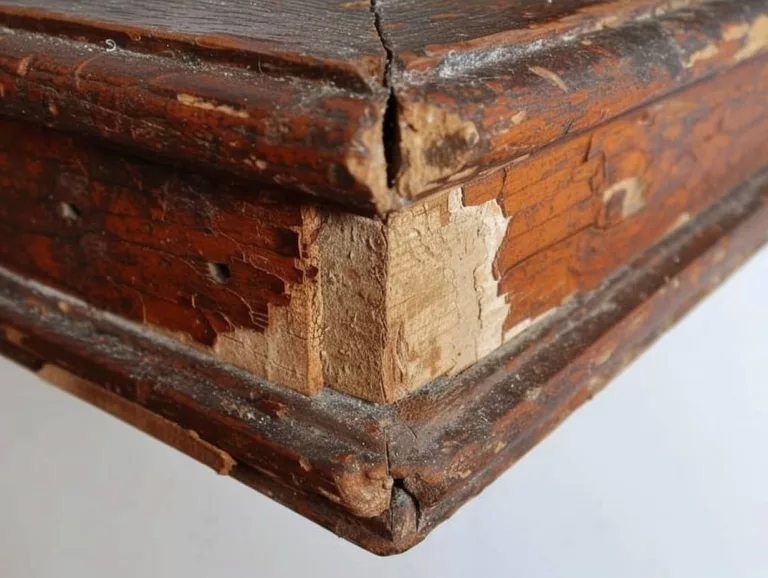Uncovering the Past: How Have Experts Gained Knowledge About Roman Woodwork

Summary
Ancient Texts and Artifacts: Experts analyze ancient texts and artifacts to understand Roman woodworking.
Technological Reconstruction: Advanced technologies like 3D imaging aid in reconstructing ancient woodwork.
Collaborative Insights: Collaborations between historians and craftsmen bring practical insights.
Academic and Museum Contributions: Universities and museums contribute significantly to research and preservation.
Hey there, history enthusiasts and curious minds! Let’s embark on a fascinating journey into the world of Roman woodworking. This isn’t just a tale of ancient tools and timber; it’s a vibrant story about how one of history’s greatest civilizations shaped their environment with skill and ingenuity. Understanding Roman woodworking is more than a historical pursuit; it’s a way to connect with the past and appreciate the foundations of modern craftsmanship.

Roman workbench at Saalburg Museum; image source: Lost Art Press
How Have Experts Gained Knowledge About Roman Woodwork?
Now, let’s dig into the treasure trove of the past.
- Ancient Texts and Manuscripts: Picture this – dusty scrolls and fragile manuscripts, not just relics, but treasure maps leading us to lost knowledge. Each line and word in these ancient texts offers us invaluable insights into Roman woodworking techniques, styles, and materials.
- Archaeological Findings and Their Interpretations: Moving beyond texts, we delve into the physical remnants of the past. Archaeological discoveries are like time capsules, offering us a tangible glimpse into Roman workshops. From preserved tools to remnants of woodwork, every artifact is a clue unraveling the mysteries of ancient craftsmanship.

Pompeian fresco discovered in the Casa del Falegname (VI, 7, 8–9), depicting the collective procession of woodworkers, Image source: Oxford Classical Dictionary
At the Museo del Campidoglio, there is a stele displaying, from left to right, a frame saw, a two-handed crosscut saw, tools used by legionnaires, a labrys, and an upupa, Image source: Oxford Classical Dictionary, image by: Jean-Pierre Adam

- Contributions from Contemporary Roman Historians: And of course, we can’t overlook the modern-day detectives of history – contemporary Roman historians. These experts don’t just recite old tales; they breathe new life into them, connecting the dots between past and present, challenging assumptions, and continuously enriching our understanding of Roman woodworking.
The Role of Technology in Rediscovering Roman Woodwork
In this modern era, technology acts as our window to the past.
- Modern Scanning and Imaging Techniques: Imagine x-raying a piece of ancient wood and uncovering secrets hidden for millennia. Advanced imaging allows us to peer beneath the surface, revealing the minutiae of Roman woodcraft.
- Digital Reconstruction and 3D Modeling: Here’s where history meets cutting-edge technology. Through digital reconstruction, we’re not just visualizing but virtually rebuilding Roman woodwork, piece by piece. It’s like piecing together a historical jigsaw puzzle, but in the digital realm.
- Carbon Dating and Material Analysis: And let’s talk about carbon dating – not just a tool for paleontologists but a crucial technique for dating wooden artifacts. It helps us create a more accurate timeline of Roman woodworking, adding scientific precision to historical exploration.
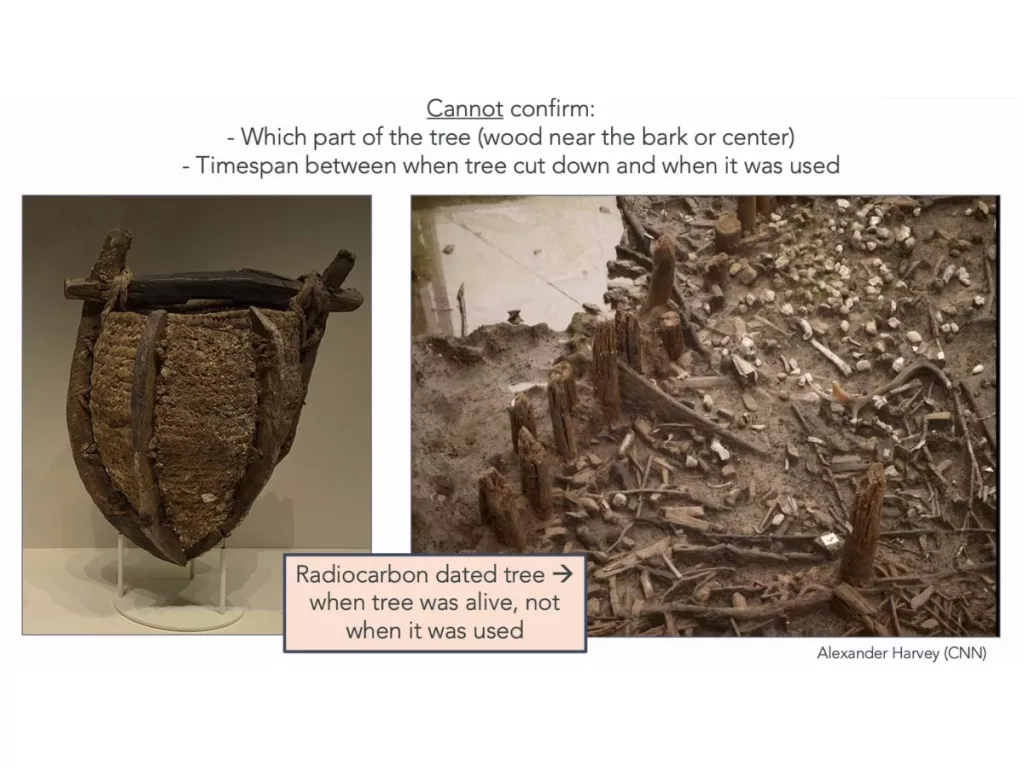
Case Studies in Roman Woodworking
Dive into the world of Roman woodworking through the lens of fascinating case studies. It’s like being a detective in a historical mystery!
- Analysis of Famous Roman Wood Artifacts: Let’s start with the stars of the show – famous Roman wood artifacts. Imagine examining the Sarcophagus of Spouses or the intricately carved panels from Herculaneum. Each piece tells a unique story, revealing not just artistic prowess but also the social and cultural contexts of their time.
- Reconstruction Projects and What They Reveal: Reconstruction projects are like time travel. They allow us to step back into the Roman era and see woodworking in action. These projects, ranging from rebuilding ancient ships to recreating furniture, offer us a hands-on understanding of Roman techniques and resourcefulness.
- Insights from Recent Archaeological Discoveries: The past few years have been exciting for Roman archaeology. New discoveries have shed light on lesser-known aspects of Roman life, including their everyday items made of wood. These findings help us piece together the puzzle of Roman daily life and craftsmanship.
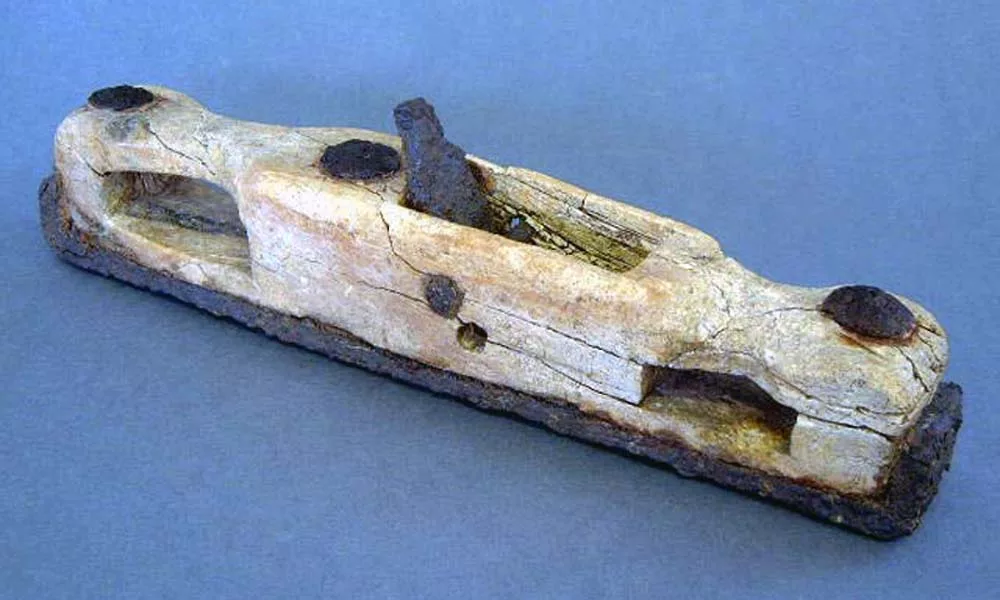
Tools and Techniques of Ancient Woodworkers
Now, let’s get our hands dirty and explore the tools and techniques of these ancient artisans.
- Examination of Tools Found in Archaeological Sites: Roman woodworkers were masters of their craft, and their tools were their trade’s lifeblood. From simple chisels and saws found in ancient workshops to more complex lathes, each tool offers us a glimpse into their working world.
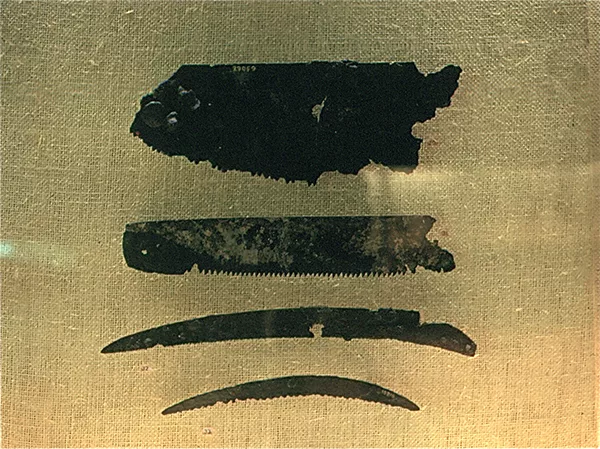
- Comparative Analysis with Modern Woodworking Tools: It’s fascinating to compare ancient tools with today’s equipment. While we have advanced in technology, the basic principles remain surprisingly similar. This comparison not only highlights the ingenuity of Roman woodworkers but also shows the timeless nature of woodworking.
- Techniques Inferred from Tool Marks and Construction Methods: By studying tool marks on ancient wood, we can reverse-engineer their methods. It’s like being a forensic scientist, but for wood! These marks tell us about the techniques used and the skill levels of the woodworkers.
The Influence of Geography on Roman Woodworking
The Roman Empire was vast, and its diversity is reflected in its woodworking.
- Regional Variations in Woodwork Styles and Techniques: From the forests of Germania to the shores of North Africa, regional resources and cultures influenced woodworking styles. In Northern regions, you’d find more robust and heavy furniture, while in the Mediterranean, there was a penchant for intricate designs and inlays.
- Influence of Trade Routes and Material Availability: The bustling trade routes of the Roman Empire were like the internet of their day – connecting and influencing cultures. Wood and tools traveled across these routes, bringing new styles and techniques from far and wide, enriching the Roman woodworking repertoire.
This documentary tells about Roman lives and artifacts and how these were discovered.
Expert Contributions to the Field
Let’s meet the modern-day time travelers – historians and archaeologists who bring ancient Roman woodworking back to life.
- Interviews with Leading Historians and Archaeologists: Imagine sitting down for a coffee chat with experts who spend their days unraveling the mysteries of Roman woodcraft. These interviews offer us firsthand insights into the latest discoveries and theories in the field. It’s like having a direct line to the past! Mary Beard, Adrian Goldsworthy, and Tom Holland are the greatest mind in unraveling the Roman history and culture including woodworking practices.
- Collaborations Between Historians and Craftsmen for Experimental Archaeology: This is where history gets hands-on. Historians team up with skilled craftsmen to recreate ancient woodworking techniques. It’s not just about theories; it’s about feeling the wood, using the tools, and experiencing the craftsmanship firsthand. These collaborations are a bridge between past and present, theory and practice.
Educational and Research Institutions Leading the Way
The torchbearers of Roman woodworking studies aren’t just individuals; they’re entire institutions.
- Overview of Universities and Research Centers Specializing in Roman Studies: From the hallowed halls of Oxford to the sun-drenched campuses of Italy, numerous universities and research centers are dedicated to Roman studies. These institutions are not just about old stones and artifacts; they’re vibrant hubs of learning, buzzing with new ideas and discoveries. For examples,
- Highlighting Groundbreaking Research and Publications: Every year, these institutions churn out fascinating research and publications that shed new light on Roman woodworking. It’s not just academic jargon; these works are treasure troves of knowledge, accessible to anyone with a curiosity about the past.
Challenges and Limitations in Research
But it’s not all smooth sailing. The path to understanding Roman woodworking is fraught with challenges.
- Discussing Gaps in Historical Records: The Roman era left us a lot, but there are still frustrating gaps. Lost texts, decayed artifacts, and incomplete records mean we’re often piecing together a puzzle without all the pieces. It’s a delicate dance between known facts and educated guesses.
- The Balance Between Speculation and Evidence-Based Conclusions: This is where the expertise of historians and archaeologists really shines. They navigate the murky waters of speculation and evidence, always aiming to draw conclusions that are as accurate as possible. It’s a tightrope walk between imagination and hard facts.
The Future of Roman Woodworking Studies
The story of Roman woodworking is far from over. The future looks bright and exciting!
- Emerging Technologies and Methods: With advancements in technology, who knows what secrets we’ll unlock next? 3D imaging, molecular analysis, and even AI are opening new doors in our understanding of Roman woodworking. The past might be set in stone, but our understanding of it is always evolving.
- Potential for New Discoveries and Insights: Every day brings the potential for a new discovery that could turn our understanding on its head. A newly unearthed workshop, a long-lost tool, or even a wooden toy could open up new chapters in the story of Roman woodworking.
Engaging with the Legacy of Roman Woodworking
Hey, woodworking enthusiasts and professionals! Ever wondered how you can connect with the ancient art of Roman woodworking? It’s not just about reading and researching; it’s about getting your hands on the actual techniques.
- How Enthusiasts and Professionals Can Learn from Roman Techniques: Whether you’re a seasoned woodworker or just starting, there’s so much to learn from Roman methods. It’s about understanding the finesse in their joinery or the way they maximized the utility of each wood type. It’s not just copying; it’s about adapting these age-old techniques to modern creations.
- Workshops, Courses, and Resources for Hands-on Experience: Imagine attending a workshop where you’re chiseling wood using Roman techniques or a course that delves deep into ancient woodworking designs. These experiences aren’t just educational; they’re a bridge to the past. And for those who can’t attend in person, there are plenty of online resources and virtual tours that bring Roman woodworking right to your screen.
Preserving and Promoting Roman Woodworking Heritage
The legacy of Roman woodworking isn’t just preserved in books; it’s alive in our efforts to conserve and celebrate it.
- Conservation Efforts and Museum Exhibitions: Museums aren’t just places to see ancient woodwork behind glass; they’re active conservation sites where experts work tirelessly to preserve these artifacts for future generations. And the exhibitions? They’re like time capsules, offering us a glimpse into the Roman world.
- Role of Cultural Institutions in Education and Preservation: Cultural institutions play a crucial role in keeping the legacy of Roman woodworking alive. They’re not just preserving artifacts; they’re educating the public, hosting workshops, and even collaborating with craftsmen to recreate Roman woodwork. It’s about keeping the tradition alive in both spirit and practice.
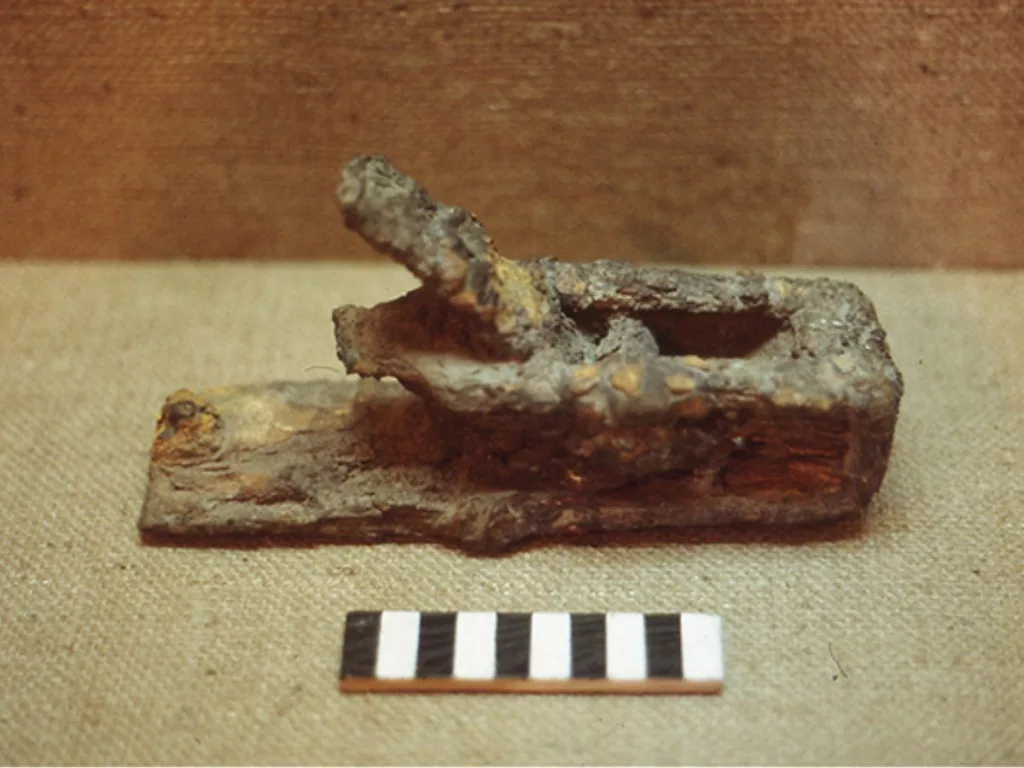
Conclusion
As we wrap up this journey into Roman woodworking, let’s take a moment to appreciate its significance. This isn’t just about wood and tools; it’s about connecting with a rich cultural heritage that has shaped the course of history. Understanding Roman woodworking opens up a window to the past and inspires us to continue exploring and learning.
References and Further Reading
Curious to learn more? Here’s a list of recommended readings and sources that dive deeper into the world of Roman woodworking. From scholarly articles to immersive documentaries, these resources will satisfy both your academic and creative curiosities.
- “Roman Woodworking” by Roger B. Ulrich – A comprehensive guide to the techniques and tools of Roman woodworkers. Page numbers source ISBN: 0300103417
- “Wood Economy in Early Roman Period Jerusalem” – An insightful article, published on University of Chicago Press Journals, on Roman artifacts and wood economy.
FAQs
What is the history of woodworking?
Woodworking’s history extends back to ancient civilizations, evolving from simple hand-carving to sophisticated craftsmanship with diverse tools and techniques.
How did Romans saw wood?
Romans utilized frame saws and two-handed crosscut saws, employing advanced techniques for efficient wood cutting.
What tools did they use in ancient woodworking?
Ancient woodworkers used a variety of tools including axes, chisels, saws, and planes, often made from iron and bronze.
What are the oldest carpentry tools?
The oldest carpentry tools are stone axes and adzes from the Neolithic era, primarily used for shaping wood and for creating wooden weapons.




